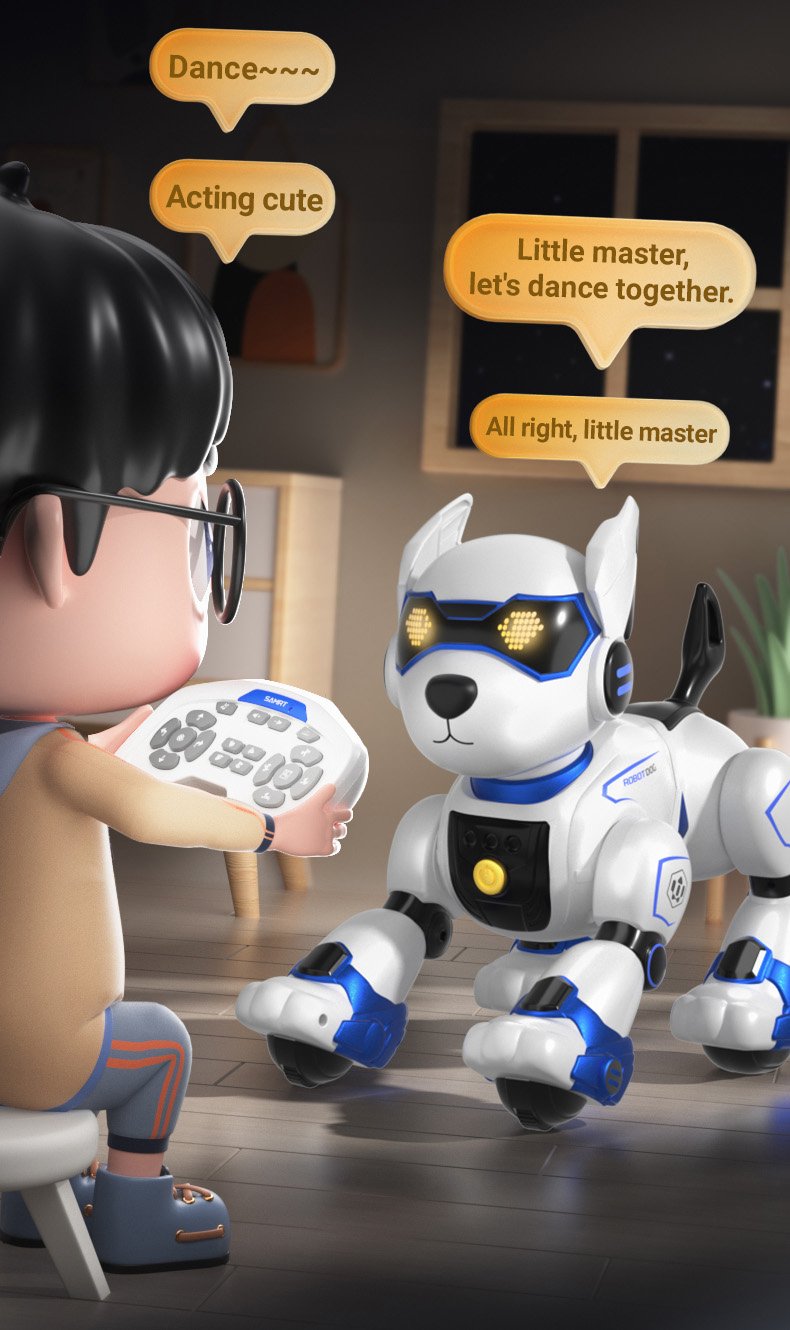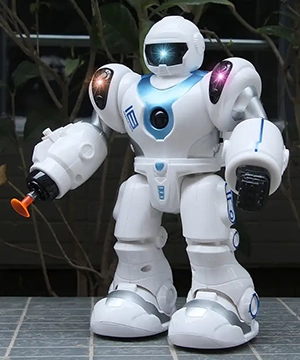Robot toys significantly enhance learning in children by integrating play with educational outcomes across multiple domains. Here’s a structured overview of their benefits:
1. **Engagement and Motivation**:
– **Interactive Play**: Robot toys captivate children’s attention through lights, sounds, and movement, making learning dynamic and enjoyable. This engagement increases motivation and time spent on educational activities.
2. **STEM Skill Development**:
– **Coding and Engineering**: Toys like LEGO Mindstorms and Ozobot introduce programming basics through block-based coding, teaching logical sequencing and problem-solving. Building robots fosters engineering skills as kids assemble parts and understand mechanics.
– **Tangible Abstract Concepts**: Programming a robot to move concretizes abstract ideas, aiding comprehension of cause-effect relationships and algorithmic thinking.
3. **Critical Thinking and Problem-Solving**:
– **Debugging Challenges**: When robots malfunction, children learn to troubleshoot, fostering resilience and a growth mindset. This iterative process mirrors the engineering design cycle—design, test, evaluate, revise.
4. **Social and Collaborative Learning**:
– **Teamwork**: Group projects with robots encourage communication and collaboration, as seen in classroom settings where students work together to solve challenges.
– **Emotional Intelligence**: Social robots like Moxie help children recognize emotions and practice empathy through interactive scenarios.
5. **Creativity and Imagination**:
– **Open-Ended Play**: Robots like Sphero allow creative storytelling and innovative problem-solving, where kids invent unique tasks or narratives, enhancing imaginative thinking.
6. **Motor Skills Development**:
– **Fine Motor Skills**: Manipulating small parts (e.g., attaching LEGO blocks) or using touchscreens to control robots improves dexterity and hand-eye coordination.
7. **Support for Diverse Learners**:
– **Special Needs Education**: Robots like NAO provide predictable interactions for children with autism, aiding social skill practice in a safe environment. Tailored feedback accommodates different learning paces.
8. **Personalized Learning**:
– **Adaptive Difficulty**: Advanced robots adjust challenges based on a child’s progress, maintaining optimal learning curves and reducing frustration.
9. **Cross-Curricular Integration**:
– **Applied Learning**: Robotics projects incorporate math (measuring distances), language arts (documenting processes), and art (designing robot aesthetics), fostering holistic development.
10. **Real-World Relevance**:
– **Technology Literacy**: Early exposure to robotics prepares children for a tech-driven world, teaching responsible use and ethical considerations.
**Research Backing**: Studies, such as those by Bers et al. (2014), highlight robotics’ positive impact on STEM learning. Immediate feedback from robots reinforces concepts, enhancing retention.
In summary, robot toys transform learning into an interactive, multidisciplinary experience, equipping children with essential 21st-century skills while keeping them engaged and curious.


